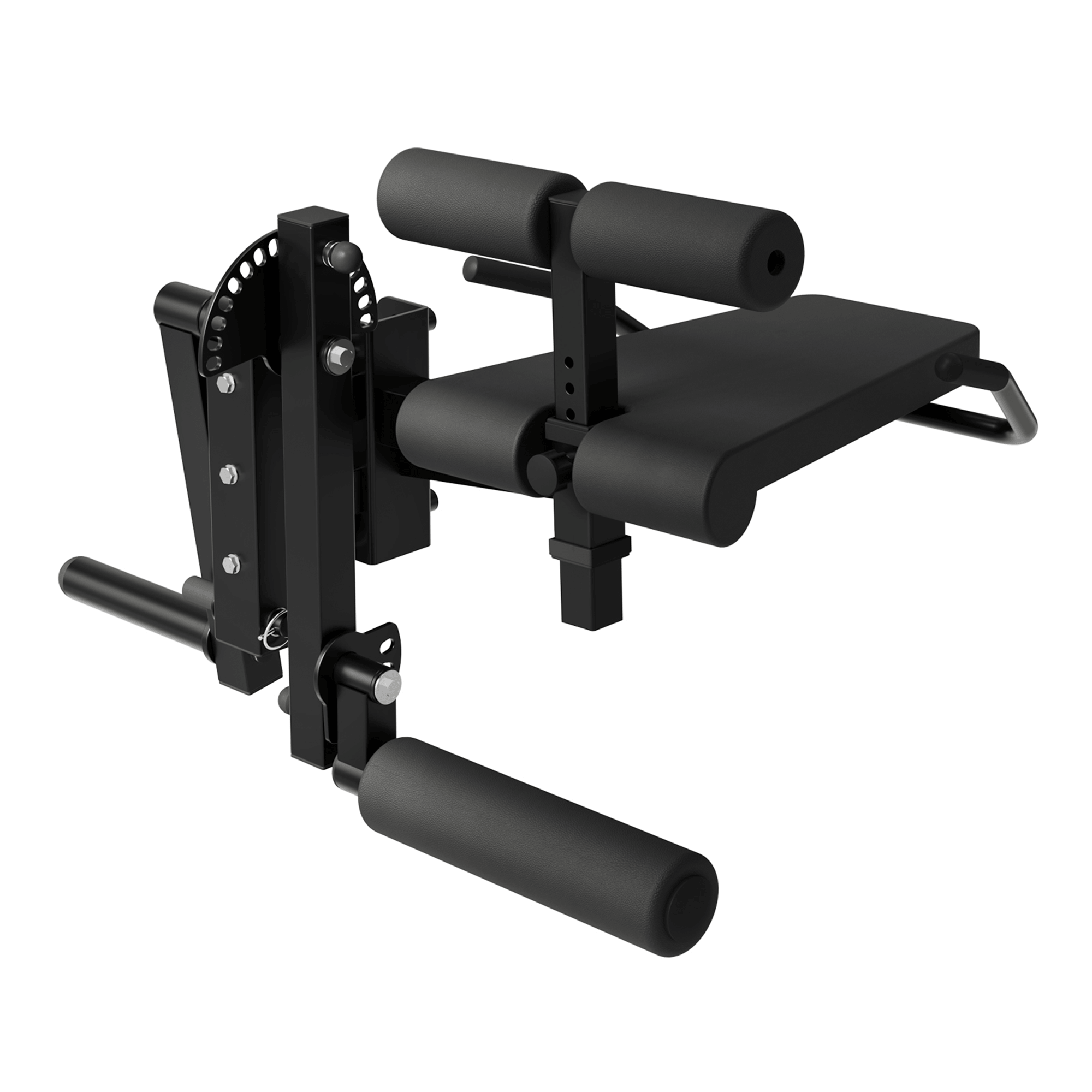When most people think of building muscle, they picture lifting heavy weights, eating protein-rich meals, and getting plenty of rest. Stretching, however, often flies under the radar. But emerging research and real-world observations point to a fascinating connection between stretching and muscle growth. Can stretching alone build muscle? Does stretching make you stronger? Let's break down the science and practical realities behind it.
Can Stretching Build Muscle?
At its core, traditional stretching is designed to increase flexibility and improve joint mobility. However, stretch-mediated hypertrophy is a phenomenon where prolonged stretching under tension stimulates muscle growth. Studies on animals and preliminary human research suggest that holding a muscle in a stretched position for extended periods (often at higher intensities) can cause micro-tears in muscle fibers, triggering repair and growth much like resistance training does.
While passive stretching alone won't replace your strength workouts, certain types of stretching—particularly loaded or resistance-based stretching—can contribute to muscle hypertrophy when combined with regular training.
Stretching and Strength: Does It Make You Stronger?
Does stretching help with muscle growth? The answer is more complex than a simple yes or no. Stretching improves the muscle's ability to elongate under load, which can lead to greater range of motion during exercises like squats, deadlifts, and presses. Enhanced range of motion means deeper contractions, fuller muscle recruitment, and ultimately greater strength gains.
Moreover, stretching can improve neuromuscular efficiency, helping muscles contract more forcefully. So while stretching alone doesn't massively "build" strength, it creates a better environment for strength development.
Stretching After Workouts: Helpful or Harmful for Muscle Growth?
Many wonder: does stretching after a workout prevent muscle growth? The fear stems from early studies suggesting that static stretching pre-exercise could decrease power output. However, post-workout stretching has different implications.
Post-exercise stretching helps realign muscle fibers, improve blood flow, and reduce stiffness, all of which support recovery. A well-recovered muscle is better prepared for the next training session. So while heavy, long-duration static stretches immediately after lifting might temporarily blunt strength if overdone, moderate post-workout stretching typically supports, rather than hinders, muscle growth.
Stretch-Mediated Hypertrophy: A Deeper Look
Stretch-mediated hypertrophy refers to muscle growth triggered specifically by mechanical tension at long muscle lengths. Think of a weighted deep squat where your glutes and quads are fully stretched at the bottom, or a dumbbell chest fly where the pecs are under significant tension in an open position.
Researchers have found that when muscles are stretched under load, they respond by increasing protein synthesis—the foundation of muscle building. Stretching muscle growth thus becomes a real strategy, particularly when incorporating stretches that include some degree of loading.
Examples of Stretch-Mediated Hypertrophy Exercises:
-
Deep Bulgarian split squats (stretch for the quads and glutes)
-
Incline dumbbell flyes (stretch for the chest)
-
Overhead tricep stretches with a dumbbell (for the long head of the tricep)
-
Seated calf stretch with weight (for calf development)
Stretched Muscles vs. Unstretched Muscles: What's the Difference?
Muscles that are consistently exposed to deep ranges of motion—through both stretching and loaded movements—tend to develop greater muscle thickness and sarcomere length. This structural adaptation supports not just bigger muscles, but stronger ones.
On the other hand, muscles trained only in shortened ranges may limit their full hypertrophic potential and functional strength. This is why exercises emphasizing a full stretch, like Romanian deadlifts or incline curls, are staples in serious strength and hypertrophy programs.
Best Stretches for Muscle Growth
If you're serious about adding size and strength, consider incorporating these into your routine:
-
Doorway chest stretch
-
Standing quad stretch
-
Seated hamstring stretch
-
Lunge hip flexor stretch
-
Lat stretch on a pull-up bar
Aim to hold each stretch for about 30-45 seconds. To tap into stretch-mediated hypertrophy, you can add light resistance to the stretch (using dumbbells, bands, or your body weight).
Common Questions About Stretching and Muscle Growth
-
Does stretching make your muscles bigger? Not by itself. However, combined with resistance training, strategic stretching can promote greater size over time.
-
Is stretching good for muscle growth? Yes, when used correctly. It enhances range of motion, recovery, and can directly stimulate muscle-building pathways.
-
Can stretching make you stronger? Indirectly, yes—by improving movement mechanics, flexibility, and muscle activation.
-
Is stretching important for muscle growth? Absolutely. Especially if you want full, functional, and resilient muscles.
-
Can stretching alone build muscle? In limited cases (e.g., extreme weighted stretching), there can be hypertrophic effects. But for most people, stretching alone is not enough to build significant muscle mass.
Final Thoughts: The Role of Stretching in Building a Stronger, Bigger Physique
Stretching isn't a replacement for lifting weights or high-protein diets, but it plays a crucial support role in the journey to bigger, stronger muscles. Whether by improving recovery, expanding range of motion, or even triggering stretch-mediated hypertrophy, strategic stretching can significantly enhance your results.
If your goal is not just to build muscle, but to build muscles that are more flexible, more durable, and capable of greater feats of strength, then don't just lift—stretch smart, and stretch often.












































Leave a comment
This site is protected by hCaptcha and the hCaptcha Privacy Policy and Terms of Service apply.